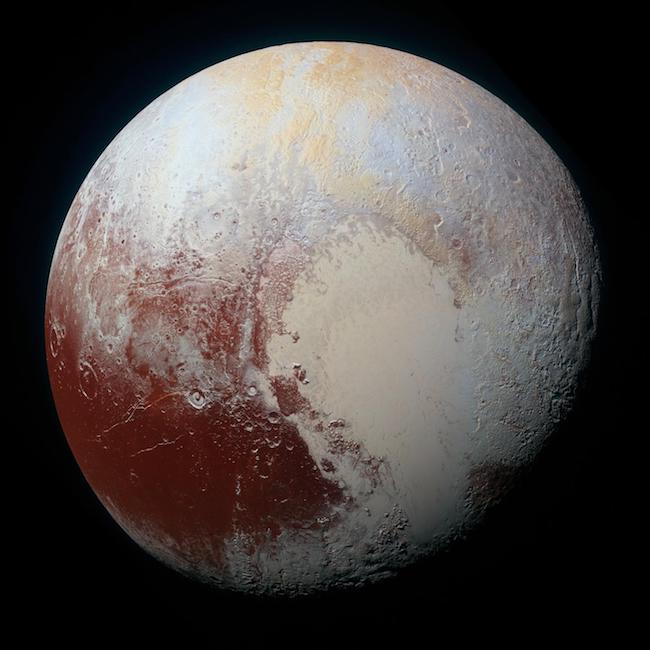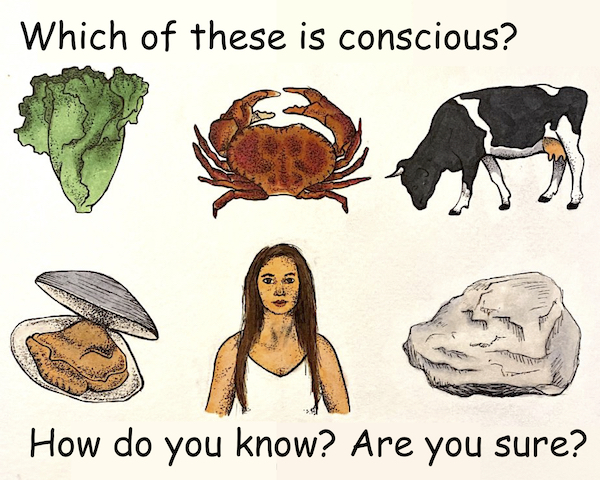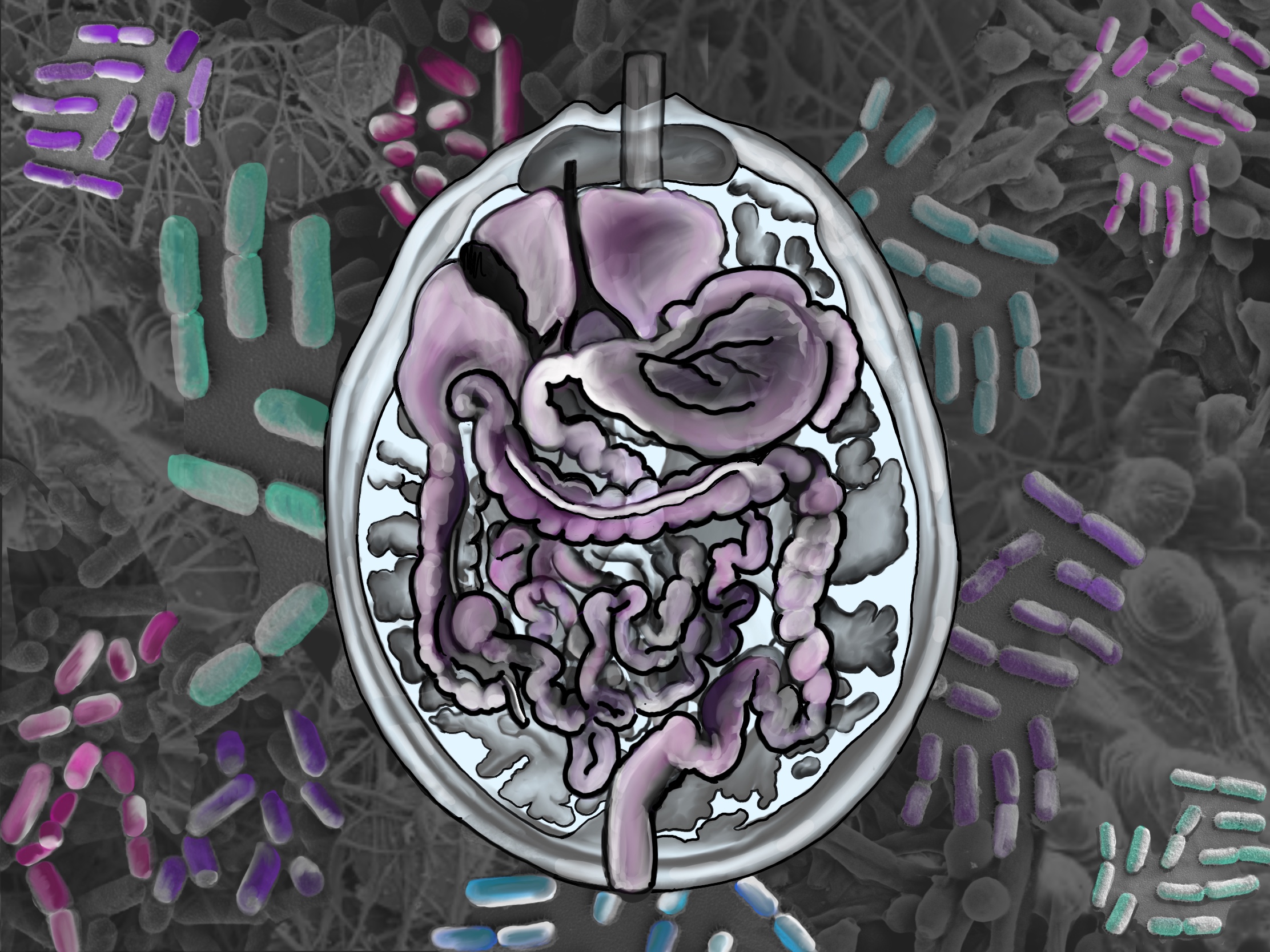I have a confession. I stole from a ten-year-old kid.
It was summer. Ninety-five outside, a sky of unbroken blue, waves of heat radiating off of the pavement. I retrieved my computer from the back seat of my car and hurried up the steps into the air-conditioned lobby. Photos of children’s faces smiled at me from their Scotch-tape roosts on the windows, amplified in that fabricated grade-school euphoria by art projects and paper placards with wise quotations possibly attributable to real-life beings from across space and time. On the back wall, the words “Institute for Educational Advancement” were written in colorful cutout letters. Below those words sat a receptionist, who greeted me with a nod as I walked in. Little did she know that I was about to commit a theft of cosmic proportions.
To be fair, neither did I.
I strode past her into the largest classroom. The children were already there, entertaining themselves with their phones. I set down my laptop and powered it up, hooking up the projector so that the blank blue glow it emanated suddenly flickered into a photograph of Pluto.
“This picture was taken by the New Horizons spacecraft earlier this week,” I said, pointing to the image. In reality, the picture was made up of red, blue, and infrared images overlaid on one another to form a beautiful color-enhanced portrait of everyone’s favorite ex-planet.

The now-iconic heart of Pluto was first revealed by the New Horizons spacecraft.
NASA/APL/SwRI
The kids gasped. Their eyes widened, as did my smile. Bringing students face-to-face with the wonders of the universe was, after all, the main point of this summer school class, which was titled, rather dramatically, Adventures in Planetary Science. And what could be more adventurous than exploring a strange new world at the same time as actual scientists? This image was only a few hours old; I had downloaded it just before coming to class and restructured today’s lesson plan around it.
Actually, the New Horizons mission had thrown my entire curriculum into a blender. As the incumbent instructor for Adventures in Planetary Science, I had initially planned to repeat the syllabus from my first time around. But when I realized that the New Horizons spacecraft was going to make its epic flyby of Pluto midway through my class—specifically, on July 14, 2015—I made a course correction. We would use this mission as a portal to the Solar System and learn about all the essential subjects, from cosmic distances to the electromagnetic spectrum, through the narrative of sending a probe to Pluto.
“Today, we will talk about planetary geology,” I told my class. “Pluto is a wonderland full of diverse landscapes.”
The crazy thing is: Pluto didn’t have to be this way. It could’ve been a boring snowball in space, scarred with craters dating back billions of years, and nobody would’ve been surprised. Instead, this image revealed highly varied terrain, both in texture and in color. There were mountains, glaciers, cracks, and pits. And there were craters, sure, but they weren’t everywhere—and that’s important. The more craters, the older the surface, and some parts of Pluto had no craters at all. This indicated that these surfaces were renewed not long ago—a sign that this little dwarf planet was up to something, that it continued to be geologically active today.
But I didn’t tell any of that to my class. I wanted them to use their imagination and come up with it on their own.
“What do you see here?” I asked. “What does Pluto look like to you?”
The students stared at the image for a while before a young boy in the back corner raised his hand.
“Go ahead, Kevin.”
“It looks like a marshmallow,” he said.
I looked back at the image and then at Kevin. A marshmallow? I thought. They really need to pay me more for this.
“What do you mean?” I asked the boy, trying to modulate the tone of my voice so as not to insinuate that he was completely wrong.
“Well, look at that part.” He pointed at the bottom right, where Pluto’s smooth, white heart lay—a region named Tombaugh Regio after Clyde Tombaugh, the astronomer who discovered Pluto. The left half of the heart, called Sputnik Planitia, was a giant glacier of nitrogen ice with one of the highest reflectivities of any surface in the Solar System. “That part looks like a marshmallow,” said Kevin. Alright, Kevin, I’ll give you that, I thought. Sputnik Planitia was pretty white. “But,” Kevin continued, “it hasn’t been roasted yet.”
Then he pointed to the lower left of the image, where Pluto was crusted in a dark, red hue. “That part looks like you held the marshmallow up to the campfire for too long and it caught on fire and you had to blow it out.” I nodded curtly, unwilling to acknowledge that I had experienced anything of the sort.
Finally, Kevin pointed to the top of the image, where Pluto’s surface had a golden-brown sheen. “And that part looks like you roasted the marshmallow juuuuuuuuussst right.”
I stared at Kevin. I stared at Pluto. I stared at Kevin. Oh my god, he’s right. Pluto is a marshmallow.
Kevin’s analogy was perfect. Instead of a campfire, Pluto was being singed by ultraviolet sunlight, which breaks apart methane (as well as nitrogen), to form fractal aggregate aerosols—fluffy three-dimensional snowflakes composed of tiny particles loosely clumped together that coat the surface in reddish material. Pluto was essentially getting a sunburn.
My excitement grew as I explained, “Scientists think that Pluto gets its red color from sunlight interacting with molecules in Pluto’s atmosphere.” I picked up a marker and drew a molecule of methane on the whiteboard. One carbon atom connected to four hydrogen atoms: CH4. “Pluto’s atmosphere has a lot of methane in it. If a ray of sunlight hits this methane molecule, off pops a hydrogen atom, which can fly away into space because it’s so light.” I erased one H, making it CH3.
I drew another CH3. “If two of these molecules find each other, they grab hold of one another where they used to be holding onto their fourth hydrogens.” I connected the CH3’s, making C2H6—ethane. “If you keep popping off H’s and replacing them with C’s, you can build up a really large molecule with lots of C’s and lots of H’s. When those molecules get big enough, they become aerosols, and they fall out of the atmosphere onto Pluto’s surface.”
How did we know that? As New Horizons flew past Pluto, it swung around and looked at the night side of Pluto, backlit by the sun. The spacecraft measured the subtle extinction of sunlight as it passed through Pluto’s thin atmosphere. By detecting missing sunlight at specific wavelengths, scientists identified which molecules were blocking that light from reaching the spacecraft. They found hydrocarbons—molecules like ethane that were full of C’s and H’s. Furthermore, New Horizons observed numerous haze layers that circumscribed the solid body of the planet, indicating that large, complex aerosols were being formed in the atmosphere—just like the haze that sits above Los Angeles.

The layers of haze seen by the New Horizons aircraft as it passed Pluto. This haze is similar to the smog that blankets urban areas like Los Angeles.
NASA/JHUAPL/SwRI
As a graduate student at Caltech, I was using powerful computer codes to simulate this process. My group’s models solved the equations that describe the way UV light cleaves apart molecules in Pluto’s atmosphere, the way molecules react with each other to form more complex molecules, and the way these molecules exit the atmosphere as aerosols. By using our models to match New Horizons’ data, we were able to learn about the properties of a previously unexplored atmosphere and understand how fundamental physics and chemistry operate at extremely low pressures and temperatures.
Back in the classroom, I pointed at the reddest part of Pluto. “This part is old and has spent a lot of time accumulating aerosols.” I pointed at Pluto’s white heart. “This part is fresh and hasn’t spent nearly as much time under the Sun.” I pointed at the golden-brown region. “And this part has spent enough time tanning to be roasted juuuuuuuuuusssssst right.”
Kevin beamed.
When class ended, I packed up my laptop and turned off the projector, still shaken by the brilliance of Kevin’s insight. I hurried past the smiling pictures on the windows and out the door of the Institute without giving the receptionist a second glance. I had a brand-new explanation in my brain, and I was itching to use it.
It’s been three years since I taught that class. I’ve taken the marshmallow analogy with me everywhere, from seminar talks to courses I teach at Caltech to conferences where I’m speaking to the actual New Horizons science team. Everyone loves it. What they don’t know is: I stole it from a ten-year-old kid.
And I don’t feel guilty about it at all.




